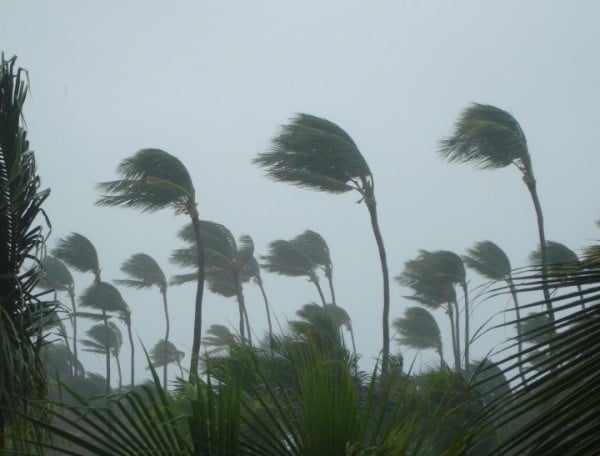
This International Women’s Day, let’s give credit to the women protecting their communities in disaster zones.
I’m writing this from Fiji, where a 30-day State of Emergency continues following Tropical Cyclone Winston, which struck on the 20th of February, cutting a path of destruction across the island nation for two whole days.
The cyclone has wreaked havoc on Fijian communities. Thousands of people are still staying in evacuation centres and depend on relief distributions of food and water after the cyclone destroyed their homes.
I’m here with ActionAid Australia. We’re an international organisation working to ensure that women all over the world have access to their human rights, and we support women to fight for them when they have to. At ActionAid Australia, we specialise in protecting women’s rights in emergencies.
When a disaster strikes – when an earthquake hits and buildings fall to the ground, when great waves wipe out villages in a super typhoon, or when a cyclone hits, blowing communities’ homes and livelihoods away, we focus on how that disaster has specifically affected women.
Part of our focus is ensuring that women’s specific needs are not forgotten in emergency situations. Things like including pads and tampons in relief packages. Things like making sure that pregnant women are cared for when they are staying in crowded evacuation centres.
This only happens, however, when women are listened to and sadly they are so often ignored. Ridiculous actually, because in any disaster it is always women who take responsibility for making sure that those around them are cared for. I’ve seen it time and time again.

